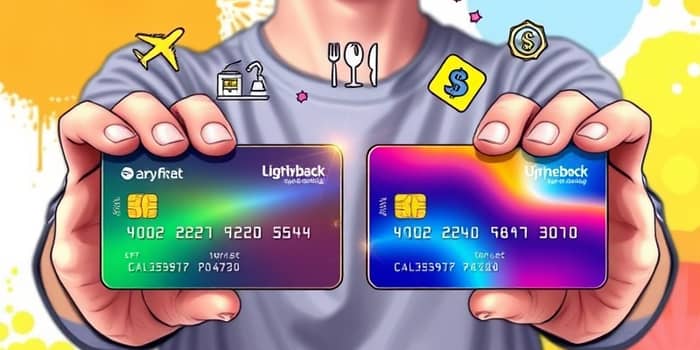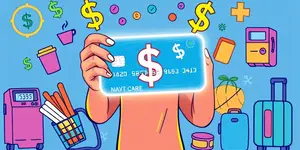
For many credit card users, the first year is a period of building credit, understanding spending habits, and testing the waters of basic entry-level rewards structure. After twelve months of consistent payments, on-time balances, and strategic use, you become eligible for a powerful lever: a card upgrade within your issuer’s product lineup. This simple move can unlock premium benefits and perks that would otherwise remain out of reach.
Timing the upgrade at the twelve-month mark is not arbitrary. It reflects regulatory guidelines, issuer policies, and best practices for preserving your rewards and credit history. In this article, we’ll explore why waiting a year to upgrade is a savvy strategy, what advantages await, and how to navigate potential pitfalls.
Consider Sarah, a young professional who opened a no-fee rewards card in college. Over twelve months, she used it for groceries, streaming subscriptions, and daily coffee purchases. By paying in full each month and avoiding interest, her credit score climbed steadily. When she qualified for an upgrade, Sarah moved to a mid-tier card that rewarded her preferred categories at a triple rate, offsetting the modest annual fee structure within weeks of approval. Her story illustrates the transformative power of patience and planning.
A credit card upgrade means moving from a basic offering to a feature-rich product from the same issuer. While you may pay a higher fee, you gain access to substantially increased earning rates, airport lounge passes, travel credits, and enhanced insurance protections. Because this is a product change and not a new application, there is without a single hard inquiry on your credit report, safeguarding your score.
Issuers typically enforce a 12-month minimum on account age before approving an upgrade. This aligns with the CARD Act’s spirit of promoting responsible borrowing and gives users time to demonstrate good behavior. Moreover, some cards come with targeted upgrade offers that appear in your online account or via email, highlighting additional incentives to make the switch.
Note that issuer-specific rules vary. American Express, Citi, Bank of America, and other major players each have their own upgrade pathways. Always check your card’s terms or contact customer service to confirm eligibility and understand any nuanced requirements.
After the trial period, you can unlock a suite of perks that elevate everyday spending into rewarding experiences. Major benefits include:
Additional advantages might involve global entry fee credits, annual statement credits for streaming services, or upgraded concierge access for dining and event planning. These extras can easily outweigh a higher fee if you use them strategically.
Upgraded cards also often come with retention bonuses. For example, some issuers credit you with bonus points on your one-year anniversary, further sweetening the deal and encouraging continuous card use.
To illustrate the real-world impact, review this comparison between a starter card and its upgraded counterpart:
For instance, if you spend $5,000 per year on groceries, upgrading from 1.5% to 6% yields an extra $225 in value, easily eclipsing a $95 fee. These simple calculations help quantify whether the upgrade makes financial sense.
Transitioning to your new card is usually smooth and does not impact your credit score. Follow these steps for a seamless experience:
Most issuers retain your account number and history, ensuring the age of your credit line remains undisrupted and continues to bolster your score.
No upgrade is a one-size-fits-all solution. Before committing, reflect on these factors:
Researching thoroughly and comparing alternative cards is critical. Sometimes, a new application for a competing product might offer a better bonus than an upgrade. Weigh the cost of opening another account versus the simplicity and preservation of history that an upgrade provides.
Follow these strategies to get the maximum benefit from your upgraded card:
By taking these steps, you position yourself to reap continuous growth in rewards without sacrificing flexibility or convenience.
Ready to seize these advantages? Use this checklist as your upgrade companion:
1. Verify eligibility and account age.
2. Project your spend vs. fee cost.
3. Request the upgrade through your issuer’s portal.
4. Review new card benefits and confirm terms.
5. Activate, update autopay, and start earning.
Executing each step with care ensures a trouble-free upgrade and immediate access to your card’s full suite of features.
In the competitive landscape of credit card rewards, patience and precision pay dividends. By waiting twelve months to upgrade, you safeguard your credit history, unlock a trove of perks, and elevate your financial flexibility. With strategic planning and thorough research, your next card can be more than just a plastic convenience—it can be a key driver of value in your everyday life.
Take control of your rewards trajectory and plan your upgrade today, transforming a year of responsible spending into a lifetime of enriched benefits and unparalleled perks.
References













